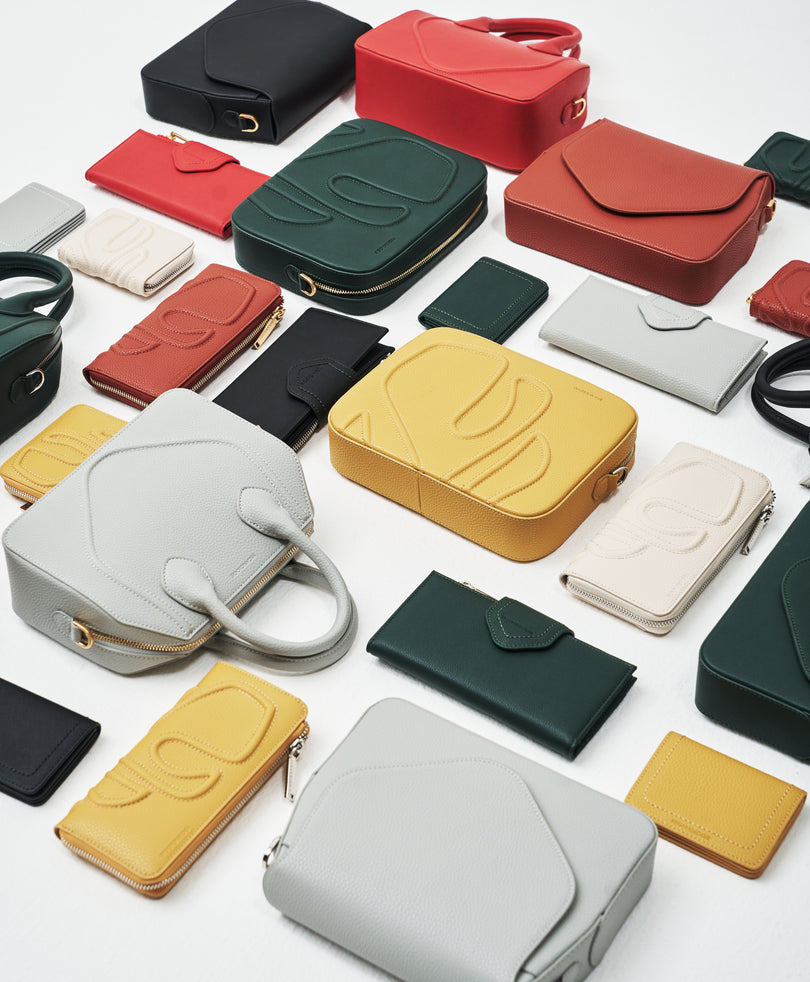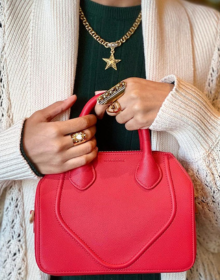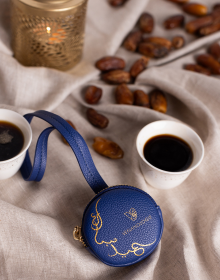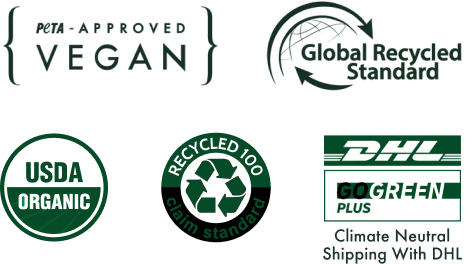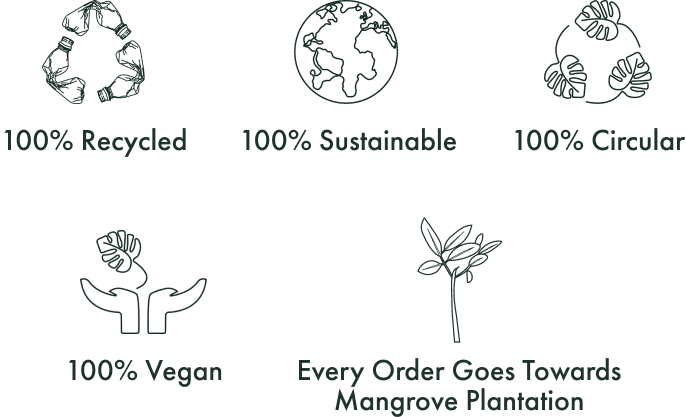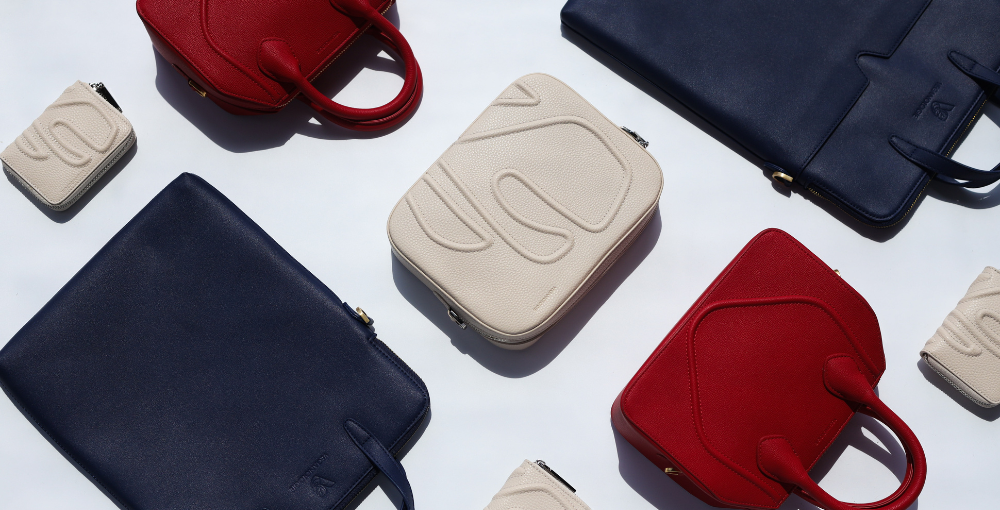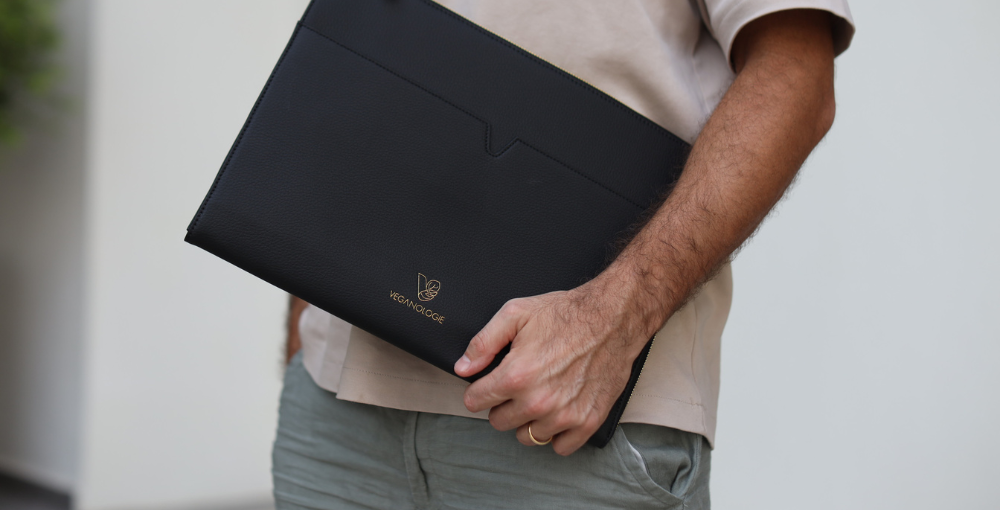
In a world where fast fashion dominates, making ethical and mindful shopping choices can feel overwhelming. The constant cycle of trends and the convenience of low-cost clothing often make it tempting to buy without considering the impact on the environment, workers, and long-term sustainability. However, with a little awareness and intention, you can build a wardrobe that not only reflects your personal style but also aligns with your values. By choosing quality over quantity, supporting ethical brands, and making thoughtful purchasing decisions, you can contribute to a more sustainable fashion industry. Whether you’re new to sustainable fashion or looking to refine your approach, this checklist will serve as a practical guide to help you adopt more conscious shopping habits and make a positive impact with every purchase.

1. Research Brands Before You Buy
Before making a purchase, research a brand’s environmental and ethical practices, as not all brands prioritize sustainability. Key aspects to consider include whether the brand uses eco-friendly materials like organic cotton, hemp, or recycled fabrics, ensures fair wages and safe working conditions for workers, and maintains transparency about its supply chain and sustainability efforts. Websites like Good On You offer ethical ratings for brands, helping you make informed and responsible shopping decisions
2. Prioritize Quality Over Quantity
Fast fashion thrives on mass production and fleeting trends, resulting in excessive waste and a disposable mindset. Instead of accumulating multiple low-quality items, invest in fewer, high-quality pieces that are designed to last. Before making a purchase, consider whether the item is well-made and durable, if you will wear it at least 30 times, and whether it truly fits your personal style rather than being just a passing trend. Prioritizing quality over quantity not only reduces waste but also helps build a timeless and sustainable wardrobe.
3. Embrace Second-hand and Vintage Shopping
Embracing second-hand and vintage shopping is a great way to build a stylish and sustainable wardrobe while reducing waste. Thrift stores, vintage boutiques, and online resale platforms like Thrift for Good, Digg.it, The Fashion Rerun, and The Closet offer a wide selection of pre-loved clothing, giving items a second life and keeping them out of landfills. Shopping second-hand also allows you to find unique, often high-quality pieces that stand out from mass-produced fashion. Additionally, it is typically more affordable than buying new, making sustainable fashion accessible without compromising on style.
4. Shop Local and Support Ethical Small Businesses
Supporting local artisans and small businesses helps reduce carbon footprint while promoting fair trade and craftsmanship. Choosing locally made, ethically sourced products helps sustain artisans and small businesses, ensuring that workers receive fair wages and materials are responsibly obtained. Before making a purchase, consider whether the item is high quality and designed for long-term use, if the business gives back to the community or supports social causes, and whether the packaging is minimal, recyclable, or biodegradable. Additionally, think about whether the item can be repaired or upcycled instead of discarded and if it truly aligns with your personal style and needs to prevent unnecessary waste. By making mindful choices, you contribute to a more sustainable and ethical fashion industry while supporting businesses that prioritize people and the planet.
5. Avoid Impulse Purchases
Impulse buying is one of the biggest contributors to unsustainable fashion. To shop more mindfully, try waiting 24-48 hours before making a purchase to ensure it’s a thoughtful decision rather than an emotional buy. Ask yourself if you truly need the item or if it’s just a momentary desire. Sticking to a shopping list that aligns with your wardrobe and lifestyle needs can also help you make more intentional and sustainable choices.
6. Take Care of What You Own

Extending the life of your clothes and accessories is one of the most sustainable practices. Proper care, such as washing clothes less frequently, using cold water, and air drying instead of machine drying, helps reduce environmental impact. Repairing damaged items rather than discarding them also minimizes waste. The same applies to bags-regularly cleaning, conditioning, and storing them properly can significantly extend their lifespan, reducing the need for frequent replacements and promoting a more sustainable lifestyle.
A Sustainable Swap: Veganologie – The Conscious Bag Brand

If you're looking for a stylish and sustainable alternative to traditional leather handbags, Veganologie is an excellent choice. A UAE-based brand that specializes in 100% vegan and recycled handbags, aligning with ethical fashion principles. Here’s why Veganologie makes a great swap for a sustainable bag brand:
- Eco-Friendly Materials: Our bags are crafted from 100% recycled polyurethane, recycled plastic bottles, apple skin, and bamboo fibre, helping to reduce landfill waste while promoting sustainability.
- PETA-Approved Vegan: Unlike traditional leather bags, Veganologie's products are completely cruelty-free, ensuring no animals are harmed in the production process.
- Sustainable Production: We are committed to ethical labour practices and transparency in sourcing.
- Chic and Functional Designs: With a variety of modern and minimalist styles, Veganologie proves that sustainability doesn’t mean compromising on aesthetics.
Choosing Veganologie means you're supporting a brand that prioritizes both the planet and ethical fashion, making it a perfect swap for conventional handbags.
Sustainable fashion isn’t about achieving perfection—it’s about making more conscious, intentional choices that reflect your values and contribute to a more mindful approach to shopping. The goal is not to completely overhaul your wardrobe overnight, but to gradually shift towards practices that support both the planet and people. By following this checklist, you can reduce your environmental impact while still expressing your personal style, allowing you to make thoughtful decisions that last longer than the fleeting trends. Each small change adds up over time, creating a ripple effect that encourages a more sustainable fashion culture. Remember, every purchase you make can be a step toward a more ethical and eco-friendly future, showing that style and sustainability can go hand in hand.
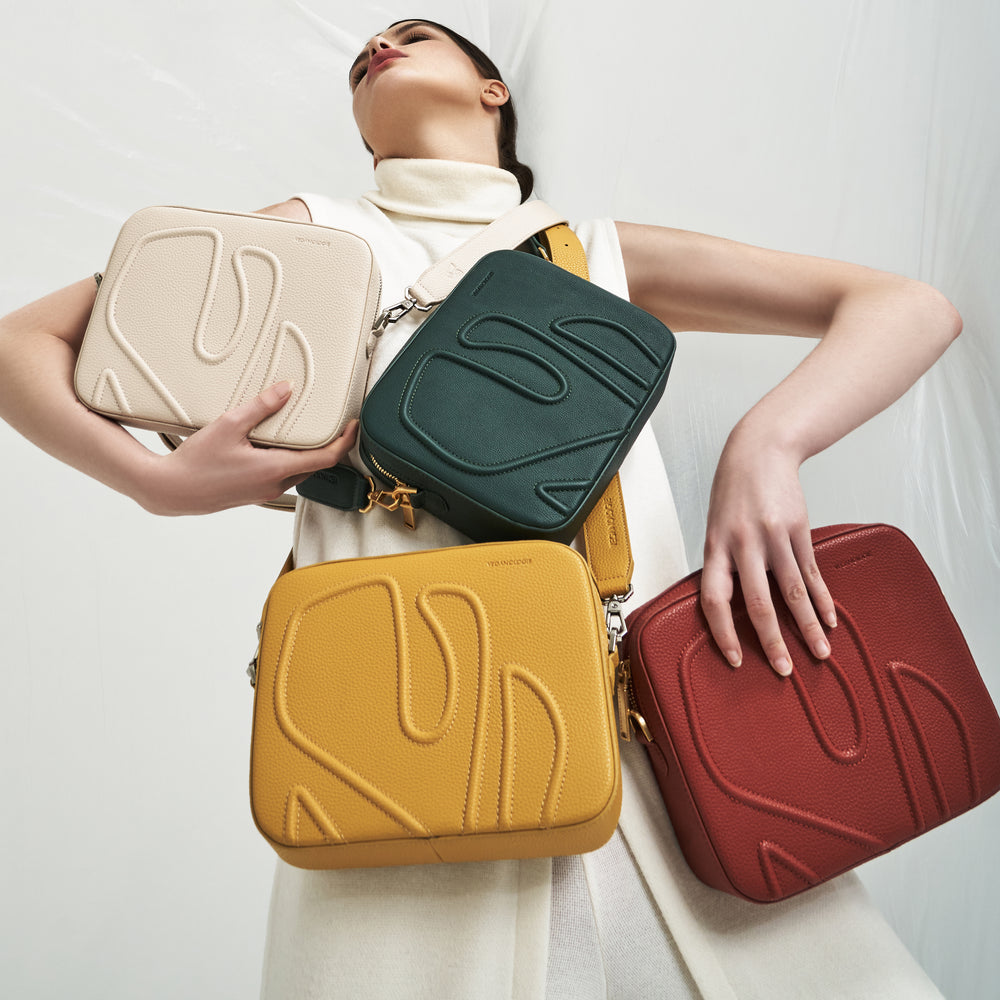

 Search
Search